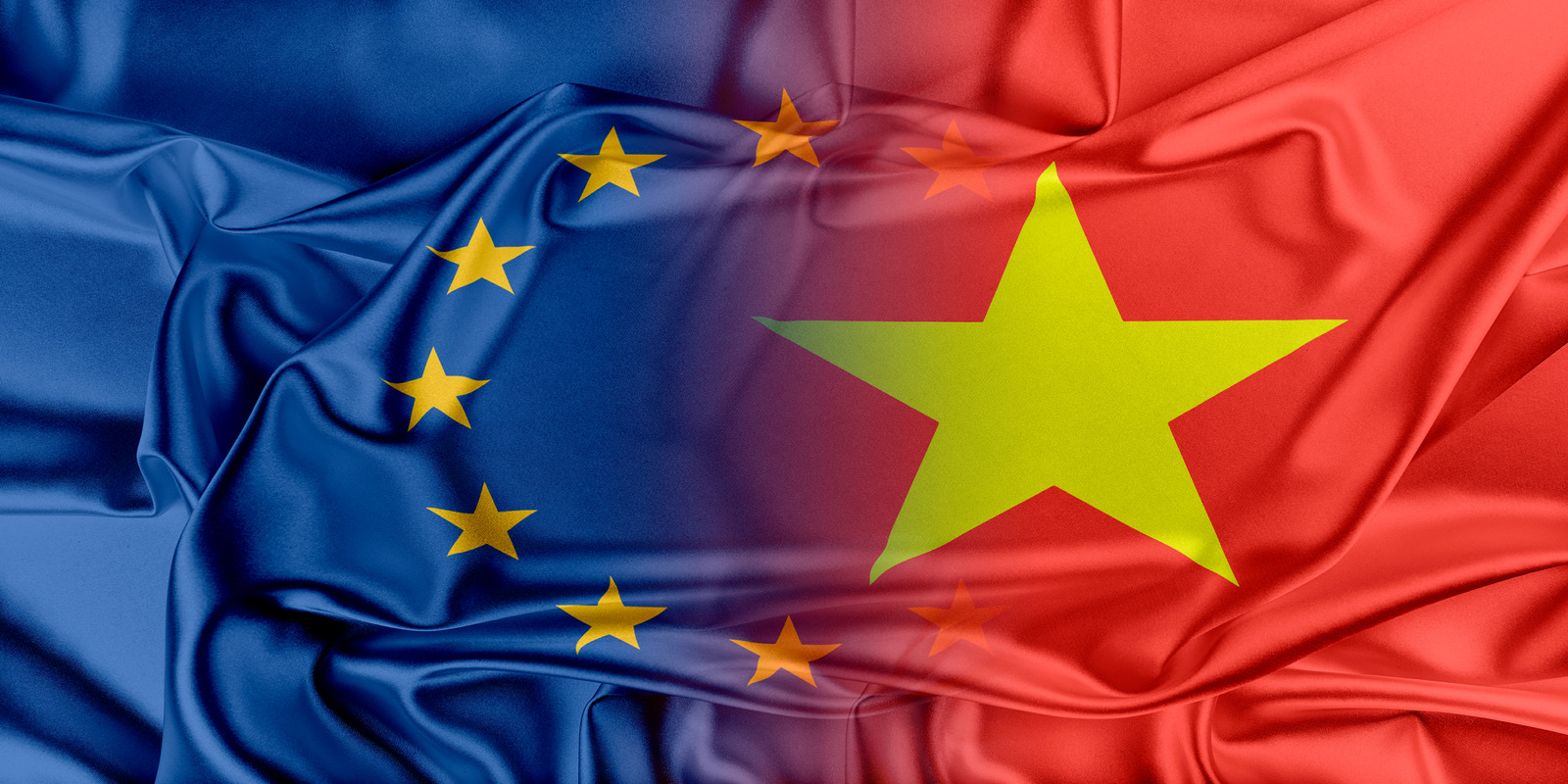
The EU – Vietnam Trade Agreement: new perspectives for European Trade
16 March, 2020
In June 2019 the EU concluded a Trade and Investment protection Agreement with Vietnam. The signature came three years and a half after the end of the negotiations, in 2015.
The Agreement is one of the numerous trade agreements recently negotiated and concluded by the EU. Among these, the CETA, the Agreement between EU and Canada and the EU-Japan Economic partnership.
Trade agreements have been used by the EU for several purposes in the past years. In fact, they normally have a much wider effect and they can be used to induce economic partners to implement higher standards in different fields, such as Human Rights protection and labour related rights.
The former Trade Commissioner Malmström underlined the importance of the Agreement with Vietnam as this is considered “A stepping stone for [future] agreements with ASEAN”.
The path towards the conclusion of the EU-Vietnam Trade Agreement was everything but easy, as there was a main obstacle. Vietnam is a communist country. This aspect complicated the whole process, as some Human Rights related concerns emerged. In Vietnam, in fact, some fundamental rights are either limited or not recognized. This gap with the EU was not easy to bridge. However, the Commission managed to introduce some tools within the Agreement, which will allow the EU to take action in case of a Human Rights breach. These tools, as underlined by the former Trade Commissioner and the former President of the EU Commission, Juncker, won’t be strong enough to suddenly transform Vietnam into a democracy. However, as stated above, trade agreements often reach further results in fields which are not, apparently, trade-related. The Agreement also provides for the implementation of ILO principles, the rules of the Paris Agreement on climate and the conservation of wildlife, forestry and fisheries.
Having clear the starting background, it is now possible to consider more specifically the characteristics of the Agreement between the EU and Vietnam.
First of all, the Agreement will eliminate 99% of all tariffs on both sides. Some Vietnamese products, are actually already enjoying some benefits offered unilaterally by the EU. This is a treatment normally guaranteed by the EU to developing countries. Despite the fact that the current situation of Vietnam does not justify this kind of treatment anymore, the new Agreement will guarantee the free access to the EU market for those products also in the future. Gradually, tariffs related to other products will be eliminated, too.
In some cases the access of Vietnamese products to the EU market will be limited. This is due to the fact that some of them, such as rice and sweet corn, represent more sensitive areas within the internal market.
Another important goal reached by the EU-Vietnam Trade Agreement is the protection that will be guaranteed to more than one hundred European typologies of food and drinks enjoying a geographical origin. In fact the Vietnamese government, through the Agreement, made the commitment to fight imitations of these products on its market. Among the protected products there are champagne, Parmigiano Reggiano and feta cheese. Obviously, the same guarantees will be recognised the other way round: some typical Vietnamese products will be protected within the EU market.
A further novelty comes from the sector of public procurement. EU companies will enjoy better access conditions to the market of public procurement in Vietnam, which means that EU companies will be able to compete for Vietnamese infrastructure projects.
Furthermore, the Agreement opens new perspectives on services, too. EU companies will have the access to several sectors, namely environmental services, banking, maritime transport and postal services.
Additionally, the EU companies will be put in the condition to invest in Vietnam, in some sectors, such as food, beverages, tyres, tubes and ceramics.
Finally, as many trade agreements, also the EU–Vietnam Agreement provides for a dispute settlement system eventually enforceable. The Agreement establishes a state–to–state mechanism, in order to avoid the much longer WTO dispute settlement mechanism.
Some conclusions can be drawn. First of all, it is possible to say that on paper the Agreement seems promising. The Asian market is an incredible opportunity for EU companies and the chance to have better conditions to invest there is unique and beneficial for both sides. Moreover, the new possibilities offered in the field of public procurement are likely to be significantly beneficial for both sides as well.
However, it is necessary to be cautious. The obstacles to the success of the Agreement are numerous: from the democratic deficit, to the guarantee of Human Rights. It will be then necessary to tackle them. If, as hopefully, the agreement will bridge these differences, there are good chances that the EU–Vietnam Agreement will be one of the first milestones towards a more comprehensive EU–ASEAN Trade Agreement.
A factsheet on the EU-Vietnam trade agreement can be found here.